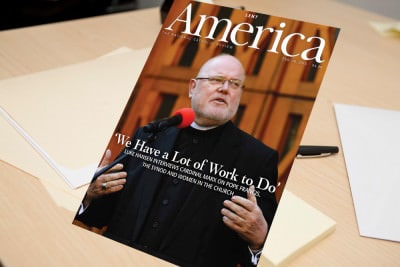
With more than 175,000 employees arrayed across 115 local districts, the reach of the North Carolina public schools extends beyond classrooms and athletic fields. Schools serve as a potent economic presence in their communities.
On her Carolina Demography blog, Rebecca Tippett, who studies North Carolina data at the UNC Carolina Population Center, recently posted findings from the Quarterly Census of Employment and Wages, taken in the second quarter of 2014. Two findings stand out:
- Two public school systems are in the top 10 employers in North Carolina. The Wake County school system ranks third, just ahead of UNC-Chapel Hill, and the Charlotte-Mecklenburg system ranks seventh, just behind the Bank of America and ahead of N.C. State University.
- In 59 of North Carolina’s 100 counties, the local public schools are the county’s largest employer. “These include districts with well over 1,000 employees (e.g., Wake, Johnston, and Franklin counties) to those with between 100-249 employees (Clay, Tyrrell, and Yancey),” Tippett writes.
Clearly, therefore, when executive and legislative policy makers in Raleigh make budgetary decisions about teacher-and-principal pay, about teaching assistants, and operation of school buses, their actions have consequences both within the schools and in the economy of communities. School employees purchase goods and services where they live, and school buses need gasoline.
A school system interacts with the local economy in other ways – in particular with the real estate market. In towns and cities with multiple schools, real estate companies give potential home buyers information about the quality of neighborhood schools. This informal, yet potent, process makes it all the more important that the ratings of schools be comprehensive, not simplistic.
The relationship between schools and their communities does not end at the economic. Schools draw from, and give back to, communities’ supply of “social capital.”
In his much-discussed, highly influential book, Bowling Alone: The Collapse and Revival of American Community, published 15 years ago, Robert D. Putnam decried what he found as the erosion of civic participation and informal social connections. State-by-state analysis, he wrote, “reconfirms decades of research showing that community involvement is crucial to schools’ success. These studies have found that student learning is influenced not only by what happens in school and at home, but also by social networks, norms, and trust in the school and in the wider community.”
In a trenchant analysis published eight years later, Bill Bishop wrote in The Big Sort: Why the Clustering of Like-Minded America is Tearing Us Apart “that schooling attracted schooling, as people with degrees moved to live among others with the same level of education.” Bishop found that education as a predictor of city growth had strengthened. Using 2000 data, he specifically noted that in fast-growing Raleigh-Durham, more than 45 percent of 25-to-34-year-olds had college degrees. Surely educated adults would want to live in communities where their children would have a chance at an equally strong, or stronger, education.
It seems plausible to turn Putnam’s observation around: that schools’ success is crucial to a community’s vitality and cohesion. Raleigh and Charlotte wouldn’t be what they are today had they not preserved strong public education systems in the 1970s.
After initial friction and resistance, Charlotte’s civic and business leadership pulled together to make a success of complying with the 1971 U.S. Supreme Court decision in the Swann case that upheld busing as a desegregation tool. Five years later, a white-black leadership coalition in the state capital brought about, against some suburban resistance, a merger of the Wake County and Raleigh City school systems, thus preventing two systems separated by their racial makeup.
Of course, other powerful factors explain the rise of Raleigh and Charlotte. Raleigh benefits from the presence of a strong state-supported land-grant research university, and its proximity to the Research Triangle Park, the product of both public and private sector initiative. Charlotte grew into one of the nation’s leading financial centers on the strength of visionary corporate leadership and a shift in public policy to enable cross-state banking.
In recent years, both Wake and Mecklenburg counties have seen their schools pulled toward resegregation, a regional and national phenomenon. Both counties face challenges in dealing with concentrations of students qualifying for free and reduced-price lunch – a proxy for economic distress – in their schools. Still, the marshalling of leadership and social capital in the 1970s surely contributed to the burgeoning of Wake and Mecklenburg counties in population, economic diversity, jobs and international reputation.
As they adopt school policies and budgets, state and local officials determine how well North Carolina enhances the life prospects of its young people. And, as a ripple effect of significant consequence, their decisions also determine the extent to which schools stimulate local economies and build up community social capital.
Recommended reading



